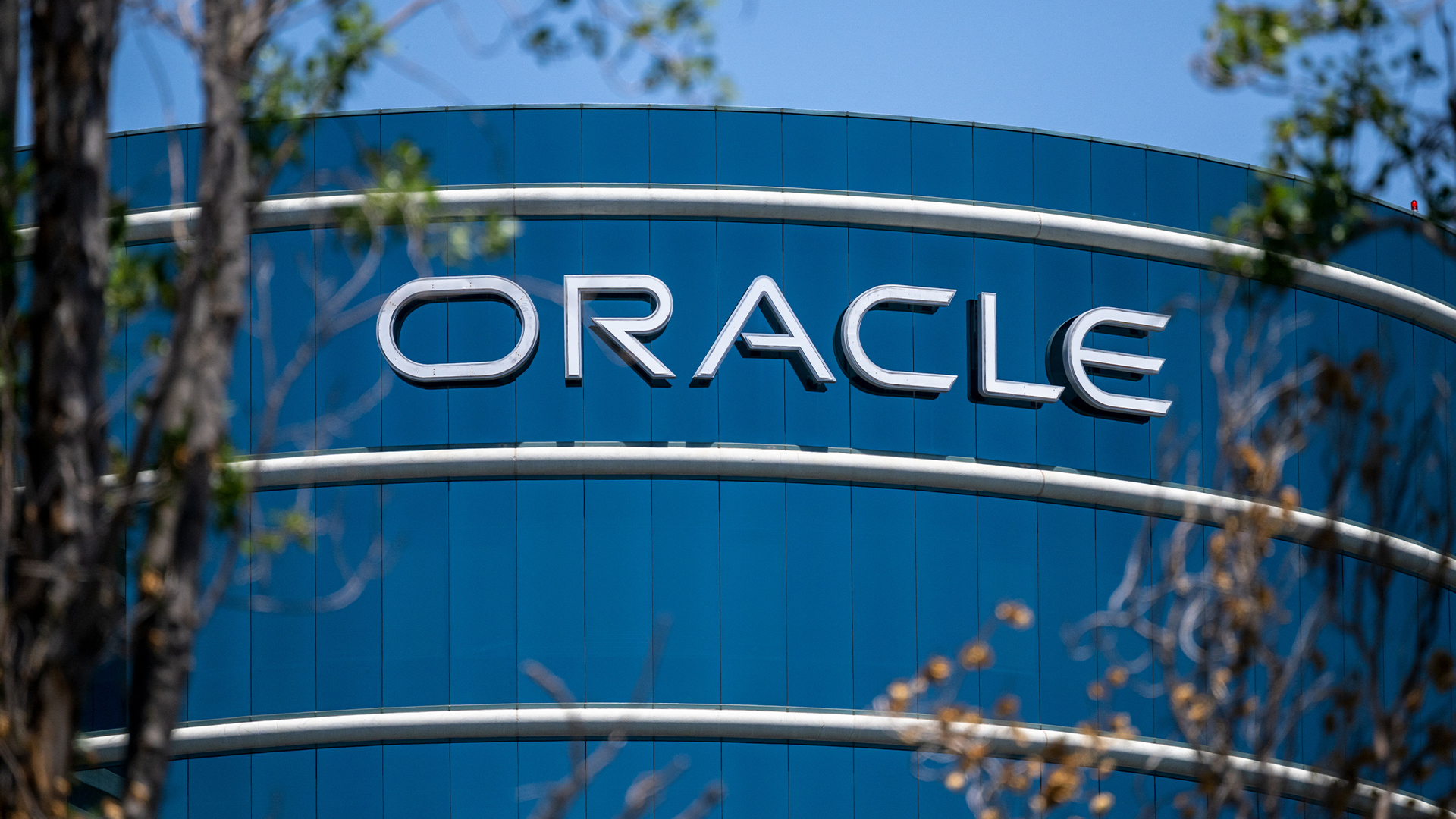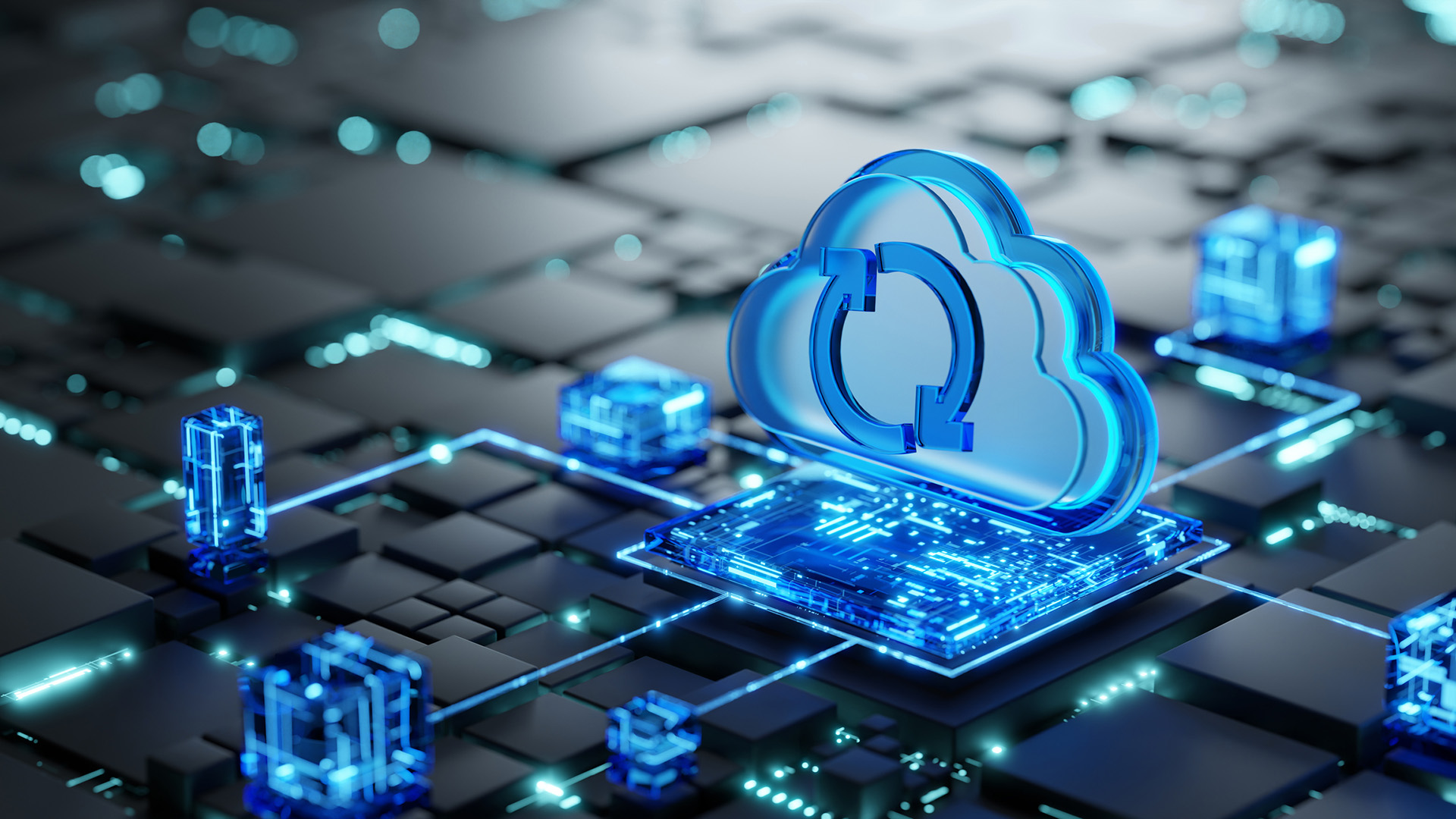Log4j vulnerability continues to stress CISOs
Avast's latest threat report also reveals the resurrection of the infamous Emotet botnet

The Log4j vulnerability was actively exploited by coinminers, remote access trojans (RATs), botnets, ransomware, and advanced persistent threats (APTs) in December 2021, according to Avast's Q4 2021 threat report.
Using the aformentioned vulnerability, malicious attackers can execute code remotely on any targeted computer.
Avast's threat researchers have also observed a revival of the Emotet botnet, as well as an increase in coin mining activity by 40%. Both present risks to consumers and businesses alike, placing CISO departments under greater stress.
The security company's Q4 findings also indicate an increase in adware, technical support scams, subscription scams, and spyware targeting Android users. However, RAT and ransomware activity decreased in Q4.
Avast malware research director Jakub Kroustek said: “Towards the end of the year, the extremely dangerous, ubiquitous, and easy to abuse Log4j vulnerability made CISO departments sweat, and rightly so, as it was weaponized by attackers spreading everything from coinminers to bots to ransomware."
"On the other hand, we are happy to report decreases in RAT, information stealer, and ransomware attacks. RAT activity died down thanks to the holidays, with bad actors even going as far as copying the DcRat remote access Trojan and renaming it 'SantaRat',” added Kroustek.
RELATED RESOURCE

The best defence against ransomware
How ransomware is evolving and how to defend against it
Aside from exploiting Log4j, threat actors exploited CVE-2021-40449 vulnerability, which elevates permissions for malicious processes through the Windows kernel driver. Attackers used the aforementioned vulnerability to download and run the MistarySnail RAT, according to Avast.
Sign up today and you will receive a free copy of our Future Focus 2025 report - the leading guidance on AI, cybersecurity and other IT challenges as per 700+ senior executives
In addition, a malicious campaign abusing Microsoft Azure and Amazon Web Services (AWS) accounted for high NanoCore and AsyncRat detections. AWS and Azure were used as download servers for malware payloads during the campaign.
Even so, Avast reported a 28% decrease in ransomware risk ratio compared to Q3 2021.
-
 Oracle's huge AI spending has some investors worried
Oracle's huge AI spending has some investors worriedNews Oracle says in quarterly results call that it will spend $15bn more than expected next quarter
-
 A concerning number of Log4j downloads are still vulnerable four years on
A concerning number of Log4j downloads are still vulnerable four years onNews Despite safe Log4j versions having been available for years, many organizations haven't introduced them
-
 Security experts claim the CVE Program isn’t up to scratch anymore — inaccurate scores and lengthy delays mean the system needs updated
Security experts claim the CVE Program isn’t up to scratch anymore — inaccurate scores and lengthy delays mean the system needs updatedNews CVE data is vital in combating emerging threats, yet inaccurate ratings and lengthy wait times are placing enterprises at risk
-
 IBM AIX users urged to patch immediately as researchers sound alarm on critical flaws
IBM AIX users urged to patch immediately as researchers sound alarm on critical flawsNews Network administrators should patch the four IBM AIX flaws as soon as possible
-
 Critical Dell Storage Manager flaws could let hackers access sensitive data – patch now
Critical Dell Storage Manager flaws could let hackers access sensitive data – patch nowNews A trio of flaws in Dell Storage Manager has prompted a customer alert
-
 Flaw in Lenovo’s customer service AI chatbot could let hackers run malicious code, breach networks
Flaw in Lenovo’s customer service AI chatbot could let hackers run malicious code, breach networksNews Hackers abusing the Lenovo flaw could inject malicious code with just a single prompt
-
 Industry welcomes the NCSC’s new Vulnerability Research Initiative – but does it go far enough?
Industry welcomes the NCSC’s new Vulnerability Research Initiative – but does it go far enough?News The cybersecurity agency will work with external researchers to uncover potential security holes in hardware and software
-
 Hackers are targeting Ivanti VPN users again – here’s what you need to know
Hackers are targeting Ivanti VPN users again – here’s what you need to knowNews Ivanti has re-patched a security flaw in its Connect Secure VPN appliances that's been exploited by a China-linked espionage group since at least the middle of March.
-
 Broadcom issues urgent alert over three VMware zero-days
Broadcom issues urgent alert over three VMware zero-daysNews The firm says it has information to suggest all three are being exploited in the wild
-
 Nakivo backup flaw still present on some systems months after firms’ ‘silent patch’, researchers claim
Nakivo backup flaw still present on some systems months after firms’ ‘silent patch’, researchers claimNews Over 200 vulnerable Nakivo backup instances have been identified months after the firm silently patched a security flaw.